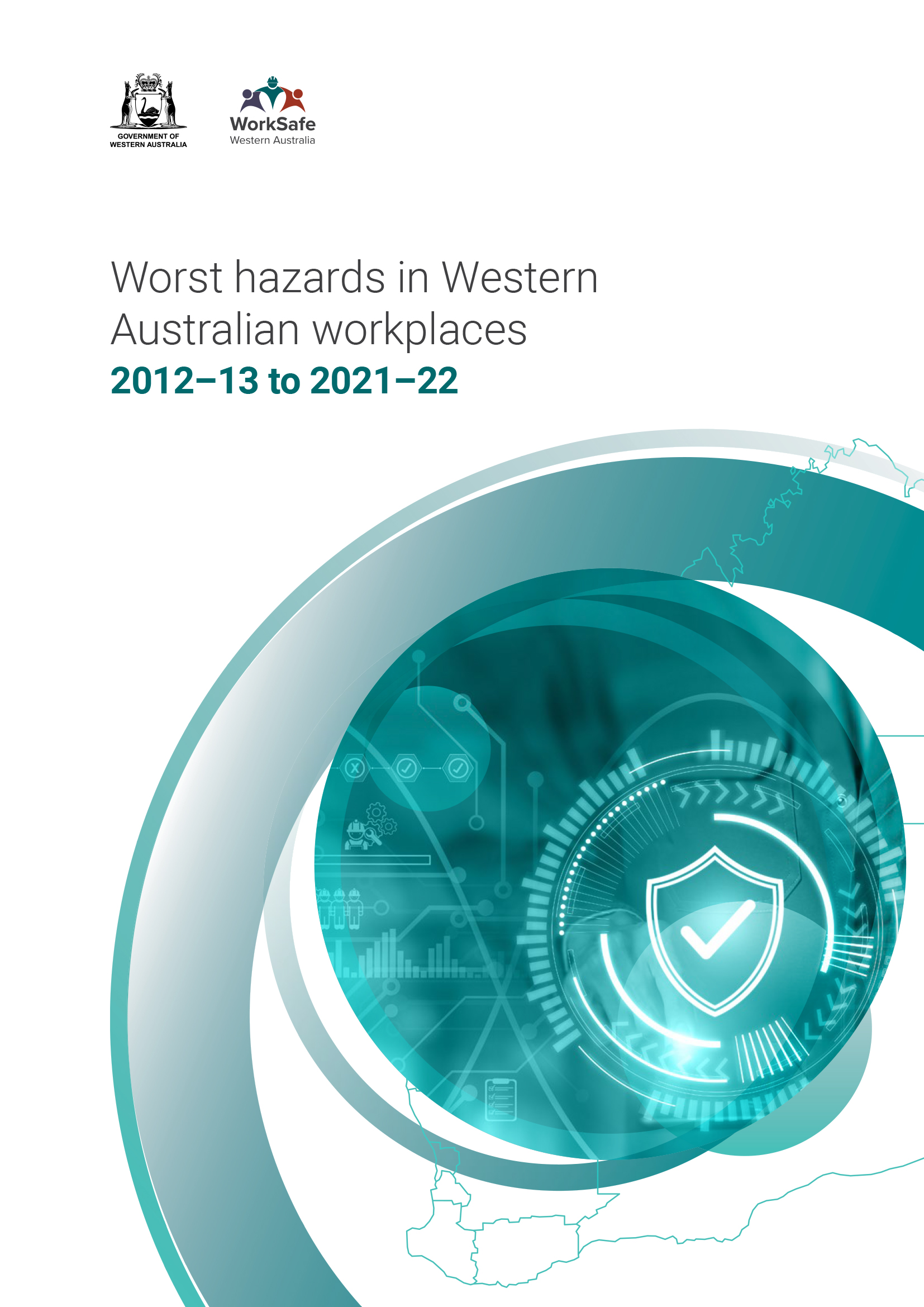
2 minute read
WA FATALITIES STATISTICS TRENDS
Recent statistics have shown Western Australian (WA) workers have a much lower chance of being fatally injured at work in 2024 than they did 34 years ago.
In WA, a worker’s risk of being fatally injured fell by 83 per cent between 1988–89 and 2022–23. Taking into account the increase in workforce numbers, the risk has decreased dramatically. In 1988–89, WA recorded 49.5 fatalities per million workers. By 2022–23, this number had reduced to 8.5 fatalities per million workers.
A steady increase in awareness of workplace health and safety over recent decades, along with improved laws, lots of great work from employers, workers, health and safety representatives, unions and industry bodies, coupled with an improved understanding of risks and hazards and the maturing of the health and safety profession, have all contributed to a fall in the relative number of deaths and injuries.
Although this decrease in the rate of fatalities is good news, we should never become complacent about the safety of workers. A recent WorkSafe publication, Worst hazards in Western Australian workplaces 2012–13 to 2021–22, analyses lost time due to workplace injuries and fatalities and reveals some interesting statistical facts about WA workplaces. For example, manual handling is the worst hazard group by total time lost from work, accounting for 41 per cent of all lost time. The worst specific workplace hazard is trips on clear ground.
Women are more likely to be harmed by psychosocial hazards and handling other people, while men are more likely to be harmed by falls and vehicle crashes. Workers under 25 years of age lose more time to electrocution and vehicle crashes, while workers over 65 lose more time to assaults and trips. The greatest hazards in industry are falls, trips and manual handling.
When looking at years of lost work time over the 10-year report period, the top twenty workplace hazards combined resulted in a huge 25,000 years of lost time.
I’m confident we can continue to improve safety standards in WA workplaces.
Sally North
Acting WorkSafe Commissioner










